

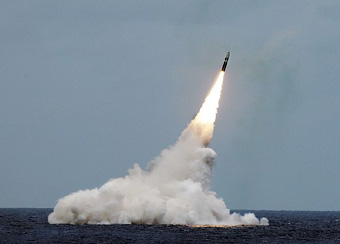
When requesting military funding from parliament last July, British Prime Minister Teresa May failed to inform members that a test of an unarmed...(click to read more)
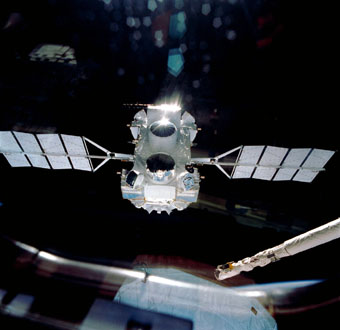
In a photo taken 25 years ago this week, the Compton Gamma Ray Observatory is deployed by the crew of the NASA space shuttle...(click to read more)
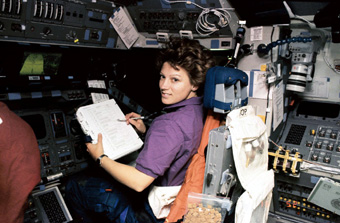
Twenty-one years ago this week, U.S. astronaut Eileen M. Collins became the first female to pilot a Shuttle. In this February 3, 1995 photo, Collins works through a...(click to read more)
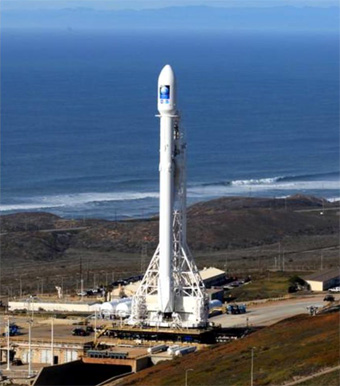
A new satellite designed specifically to measure and track sea levels and oceanographic changes was sent into orbit on Sunday, injected into...(click to read more)
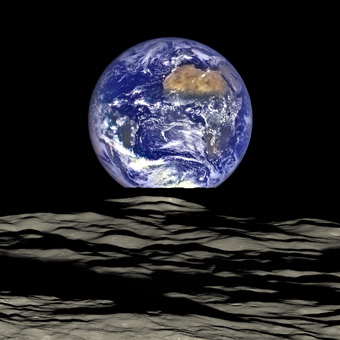
In an eerie redux of the iconic photo taken more than 40 years ago by astronaut William Anders during his Apollo 8 mission, and another...(click to read more)
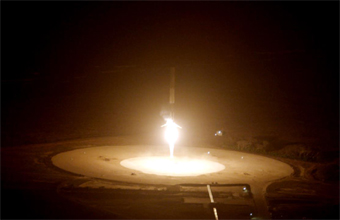
NASA and SpaceX resumed their technological relationship with a successful launch on Monday of a Falcon 9 rocket, atop which was a...(click to read more)
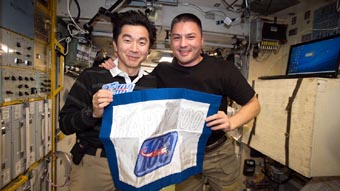
Less than two weeks ago, two crew members of the International Space Station celebrated their 100th day in space aboard the...(click to read more)
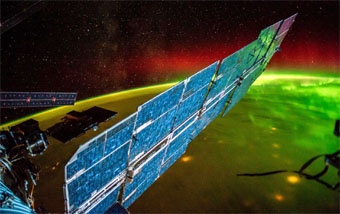
The dazzling image with its luminous colors and tones is a view of the solar panel array of the International Space Station as it passes over...(click to read more)
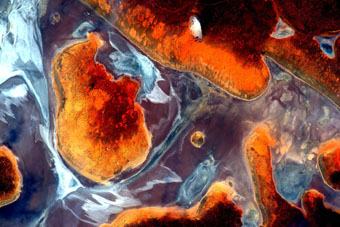
No, the art seen in the photo is not the work of Jackson Pollock, nor Willem De Koonig, nor Mark Rothko. (Nor is it one of the dazzling abstracts provided by....(click to read more)
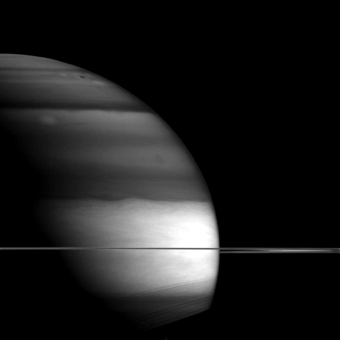
The planet Saturn takes on a moody, surreal appearance in this image captured using infrared filters on a camera aboard the Cassini space-....(click to read more)
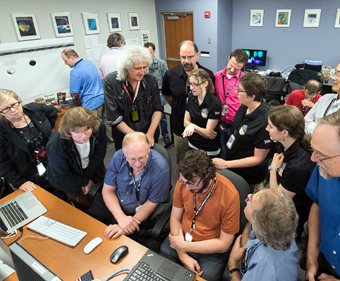
Brian May is best known as one of the world’s premier rock guitarists. His unique guitar hooks and chord expressions are one of the signature sounds of the...(click to read more)
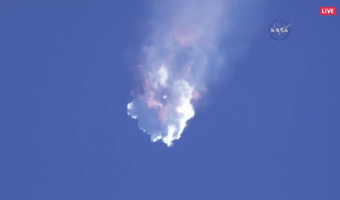
A SpaceX cargo rocket ferrying supplies to the International Space Station exploded and broke apart...(click to read more)
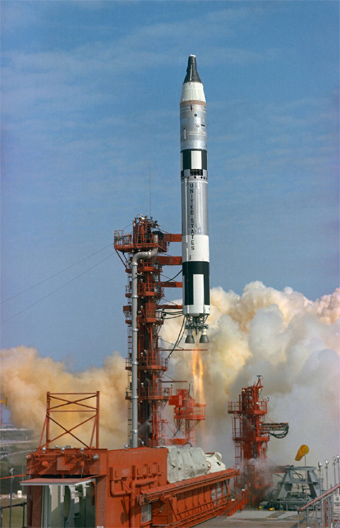
The first manned Gemini mission was launched fifty years ago today, and this...(click to read more)
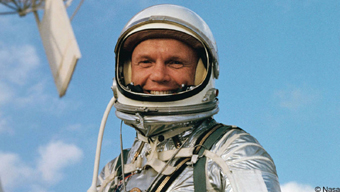
In the months after his famous orbital flight around the Earth in 1962, he was arguably the most heroic face of any American, and second in recognition to then-President...(click to read more)

At Houston’s Johnson Space Center, engineers and hardware designers have been testing rotational hand controllers and cursor control devices using full spacesuits—including gloves. The tests are essential to make sure that future Orion astronauts will...(click to read more)
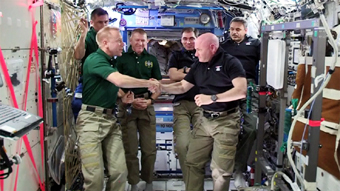
Earthlings will miss his amazing photographs and his continuous stream of social media—a sort of running commentary on Earth and the way it appears as seen from outer space. His vast collection of photos may one day be...(click to read more)
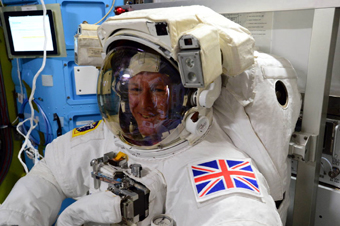
Aside from crews frequently made up of American astronauts and Russian cosmonauts, the International Space Station often lives up to its namesake, and includes the scientific participation and technical capabilities of astronauts and cosmonauts from...(click to read more)

In this recent photograph taken in visible light from the Cassini spacecraft near Saturn, three of Saturn’s moons are visible in an unusual grouping. The image shows Tethys (above the plane of the rings), Enceladus (closer to the center), and the...(click to read more)
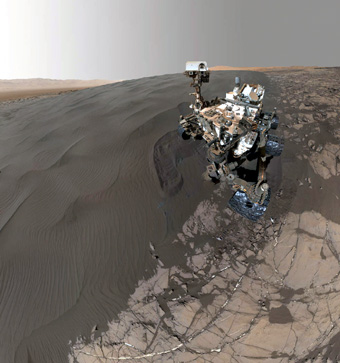 click image to view larger
click image to view larger
NASA’s Martian rover, called Curiosity Mars, love selfies. This self-portrait was taken using Curiosity’s specially designed selfie stick—actually a high tech extendable...(click to read more)
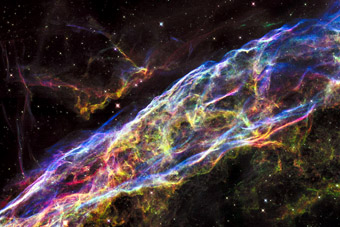 click image to view larger
click image to view larger
An elegant, seemingly gossamer-thin shroud of dust and gases illustrate the remnants of a past supernova—a star which exploded some 8,000 years ago in the constellation Cygnus, also known as...(click to read more)
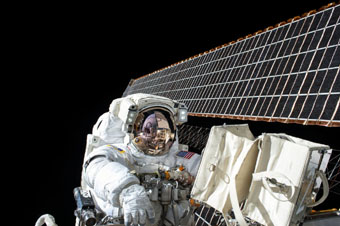
NASA astronauts Kjell Lindgren and Scott Kelly—working to restore the port truss ammonia cooling system which has been non-operational for several...(click to read more)
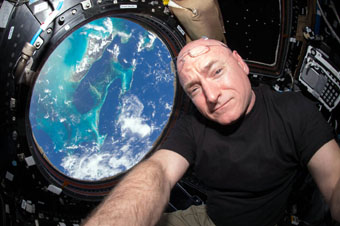
NASA astronaut Scott Kelly just broke a significant U.S. record. As of early this morning Kelly has become the American to have spent the most cumulative time in space, breaking the previous benchmark set by astronaut Mike Fincke. As of...(click to read more)
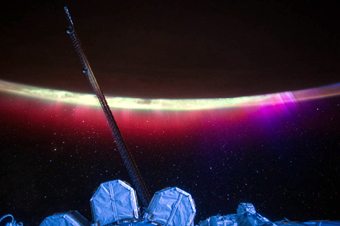
Auroras are spectacular images, but seen from space the light effect created by energy particles playing off the upper reaches of the Earth’s atmosphere can be even more dramatic. Such is the case with this impressive photograph taken by NASA astronaut Scott Kelley from the...(click to read more)
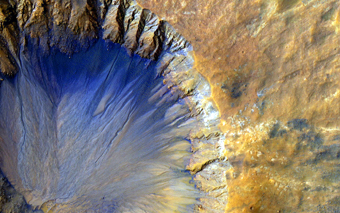
Most craters and impact features on the Martian surface are old—as in hundreds of thousands, millions, even hundreds of millions of years in age. But the high resolution camera aboard NASA’s Mars Reconnaissance Orbiter captured...(click to read more)
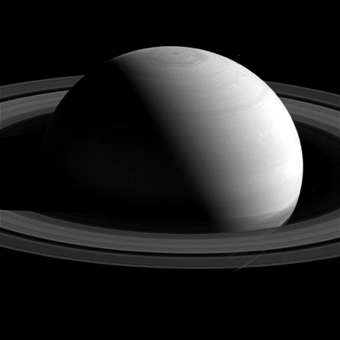
The surface of the giant planet Saturn is a place of turmoil and storm and (literally) breathtaking deadly power. On a typical Saturn day winds can exceed 1000 miles per hour, and storm systems swirl like high speed hurricanes and massive tornadoes, turning the atmosphere into a murky, dense soup of gas—helium, hydrogen, ammonia, methane—and dust. Try this image: those surface (though....(click to read more)
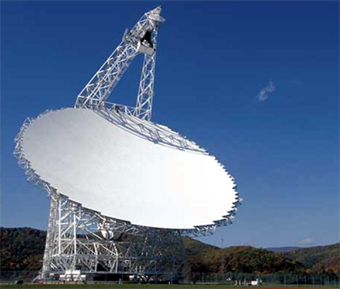
Here’s one we guarantee you were not expecting, even in the weird news department:
Astronomers are worried that new high-tech, robotic lawnmowers and radio-controlled fertilizing drones will... (click to read more)
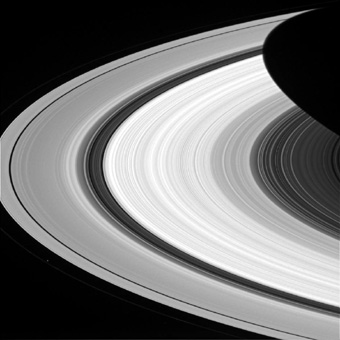
No, this is not a black and white photo experiment with someone’s vinyl record. This is image is the work of Cassini, and a team of imaging experts in Boulder, Colorado.
In a stunning deep-focus image, a photo taken from the Cassini deep-space probe’s special wide angle lens using a red filter, Saturn’s...(click to read more)
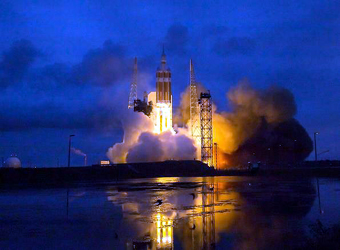
Talk of a manned space mission to Mars has been around for generations, almost since the dawn of modern science fiction. By the end of the 1960s we had landed men on the moon—half a dozen times—and Mars was...(click to read more)
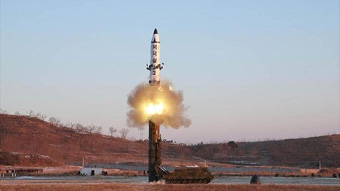
The North Korean military fired several ballistic missiles early on Monday in direct violation of United Nations rules against such...(click to read more)
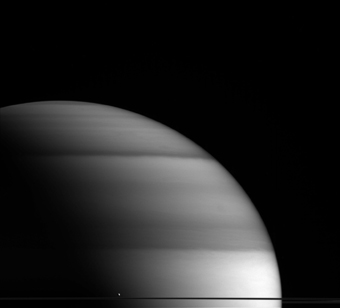
Sometimes it is difficult to grasp the massive size of our solar system’s giants. Saturn, the second largest planet in the solar system after Jupiter, is some...(click to read more)
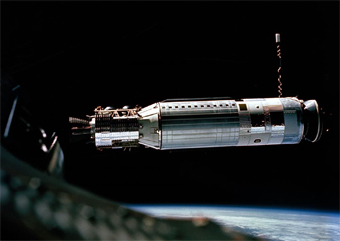
More than half of all American now alive were not even born yet, but those of the Baby Boom years, it was an important mile marker along the road to space travel and...(click to read more)
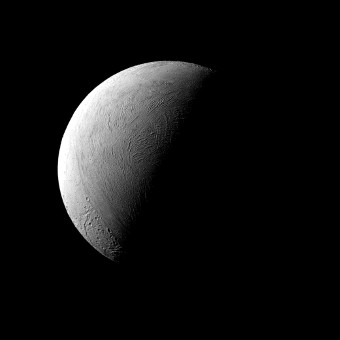
If you answered “half Enceladus,” you would be correct, Jeopardy fans. If your next question was “what’s an Enceladus,” don’t fret about your...(click to read more)
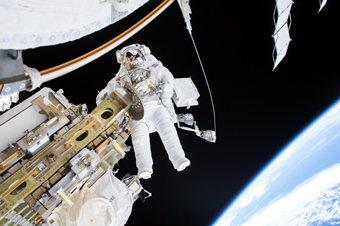
Just days ahead of an arriving Russian cargo resupply spaceship, NASA astronaut Tim Kopra and Expedition 46 commander Scott Kelly suited-up and went...(click to read more)
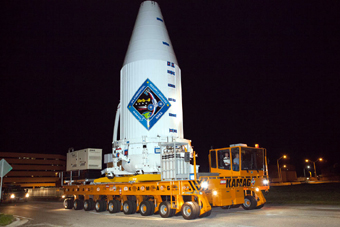
NASA and partner company Orbital ATK say that if all goes well the Cygnus resupply spacecraft, sitting atop an Atlas V rocket, will lift off from...(click to read more)
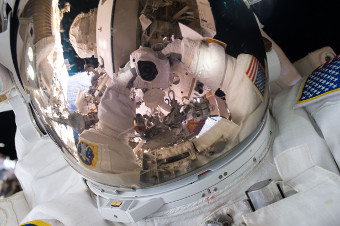
One of the great achievements of pedestrian technology is the classic selfie—the ubiquitous grist for the mill that is social media and...(click to read more)
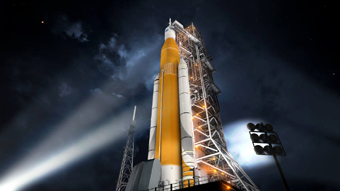
Though it appears to be, this is is no photograph—it is merely a hyper-realistic artist’s conception of the soon-to-be-built Space Launch System (SLS) rocket....(click to read more)
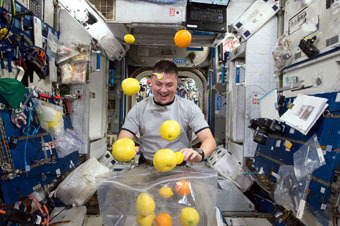
Even fresh fruit and veggies have a way of wandering when in space, and the process of gathering and containing them can be somewhat like...(click to read more)
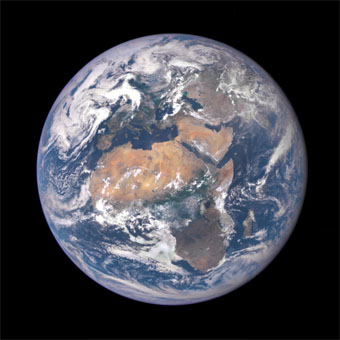
The Deep Space Climate Observatory satellite recently took this photo (taken on July 6) of the Earth as seen from the satellite’s perch approximately... (click to read more)
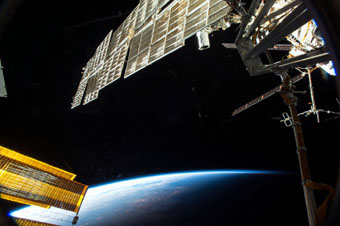
By some estimates of NASA and the European Space Agency, there are more than 400,000 pieces of man-made junk and debris floating or...(click to read more)
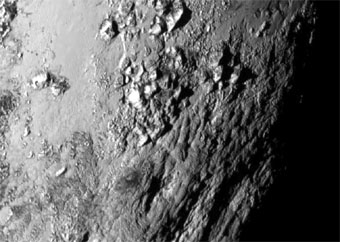
Though some of the data which is being sent back by NASA’s New Horizons spacecraft will take many months—perhaps as much as...(click to read more)
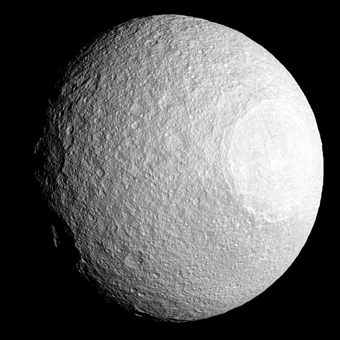
Tethys, which is 660 miles in diameter, is one of the many moons of Saturn, and its surface shows the battered, pockmarked appearance...(click to read more)